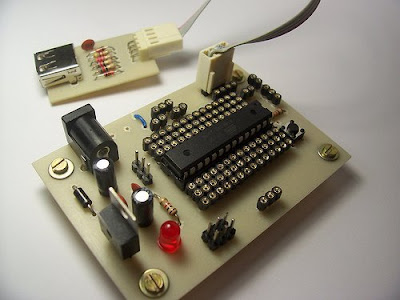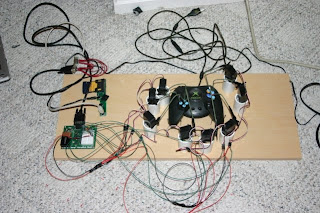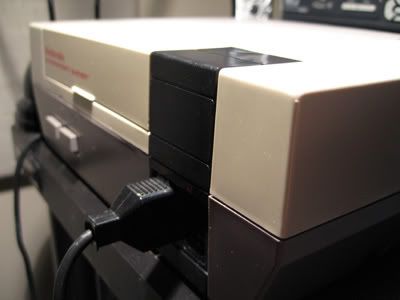
These days, microchips make the world go around. They are in mobile phones, computers, refrigerators, microwaves and pretty much any other electrical device you care to name. But there’s a new microchip on the horizon now that is so efficient, it can be powered by only body heat and movement.
Wired.com is reporting that the new microchip, developed by MIT in Massachusetts, uses 70% less power than current chips. MIT researchers believe it could dramatically increase the energy efficiency of electronic devices within the next five years. The development is especially exciting in the field of medical electronics. Anantha Chandrakasan, an MIT professor of electrical engineering says, “when you look at the digital processor, the fact is that we may be able to reduce the energy needed by 10 times.”
Extending the battery time of medical or military devices is particularly important, as time is often critical in these situations, and changing a battery could mean the difference between life and death. In fact, the US military is so interested in the new technology that it partially funded the MIT research that led to the new microchip design.
But industry is taking note of the innovation as well. Cell phones and notebook computers, in particular, could benefit greatly from the more efficient chips. Computer processor manufacturer Intel already has their own low-power chip research department investigating the uses of the technology.
Current microchips suffer from a problem when used at low voltages. The reduction in power tends to cause errors in the memory area of the chip. But the new low-power microchips have been completely reengineered to handle fluctuations in voltage, and function without error at very low levels of power.
To put the innovation of the new chip in perspective, just consider the current low level microchip leaders: Intel has developed a mobile microchip that reduces power consumption to two watts in notebook computer. That amounts to less than 1/5 the voltage of most current microprocessors.
The new MIT microchip, however, uses in the range of one to 100 micro-watts, resulting in longer life, and a cooler running processor. Of course, saving a few watts of energy may not be significant to consumers, but for mobile devices, such as those used by the military, this is a tremendous innovation.
Using the new microchip, battlefield communication devices could potentially function up to 10 times longer without needing a recharge or a new battery, a prospect that is very appealing to the US military.




















































